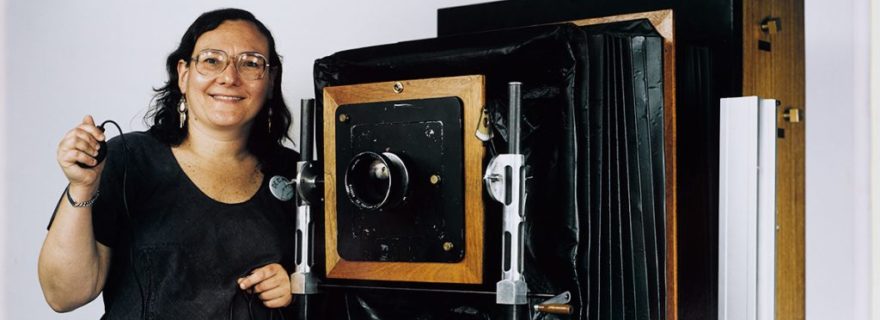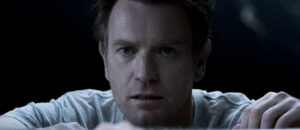'The B-Side: Else Dorfman's Portrait Photography'
Movie Rating:
4
For years, Errol Morris has offered one of the most unique cinematic voices in documentaries or any other genre. His latest film, ‘The B-Side: Elsa Dorfman’s Portrait Photography’, starts as a specific study of a photographer friend, but gradually grows into something richer and more meaningful than Morris likely even anticipated.
Initially, Morris just wants viewers to get to know Elsa Dorfman, a longtime friend and oft-overlooked artist. She began in the 1960s and ’70s as an observational documentarian with her camera. That career began small with snapshots of herself, her husband and friends. As those friends grew into key figures of the Beat generation, including Allen Ginsberg and Bob Dylan, so did her audience. She released books and had modest success in New York during the era, then moved to Massachusetts and found her true passion. Dorfman became a portrait photographer, and her camera of choice was a massive Polaroid unit (so large that it could never leave her studio) that produced life-sized photographs. The detail of the images was extraordinary, almost hyper real. So was Elsa’s ability to capture character. Her portraits all feel personal and devoid of conventional photographic glamour. Since the images are life-sized, they also off a rather literal snapshot of time and memory. It’s safe to say that those concepts hit Morris rather personally as well.
That may make ‘The B-Side’ sound pretentious. Thankfully, that’s far from the case. Elsa Dorfman wouldn’t stand for that. It’s easy to see why the filmmaker is so enamored with her. Armed with a gift for anecdotes and a delightfully offbeat sense of humor, Morris mostly just has to pose a question and let her rip. She gleefully bounces between topics with a sly grin, remembers all her photographs in tremendous detail, and has no problem being an amateur philosopher. As the film goes on, Morris pushes her musings on photography into discussions of memory and death. She bites, and with Polaroid cancelling production on the large scale film that she uses exclusively, he captures her at a point in time in which Dorfman is anxious to reflect on such matters. The material is grim but Dorfman remains infectiously optimistic. There are lessons to be found here, but neither the director nor his subject are so vulgar as to say those things aloud. They just slip in naturally.
As always for Morris, the film is beautifully shot. However, he doesn’t seem as meticulous in his design for this outing. For the first time in years, Morris shoots his subject in her personal space and lets his camera observe naturally as much as he constructs from behind the lens. ‘The B-Side’ feels playfully amusing at all times, even as it nudges towards the profound. It adds up to a quietly remarkable film about a quietly remarkable artist who never got the respect that she deserved. (Polaroid never let her own her camera, even though she was by far the most successful artist using the product.) This is a minor Morris film, but quite often it’s in the minor stories that Morris finds his most astonishing work. For those who love the beautifully peculiar films of Errol Morris, ‘The B-Side’ is a delightful surprise.



